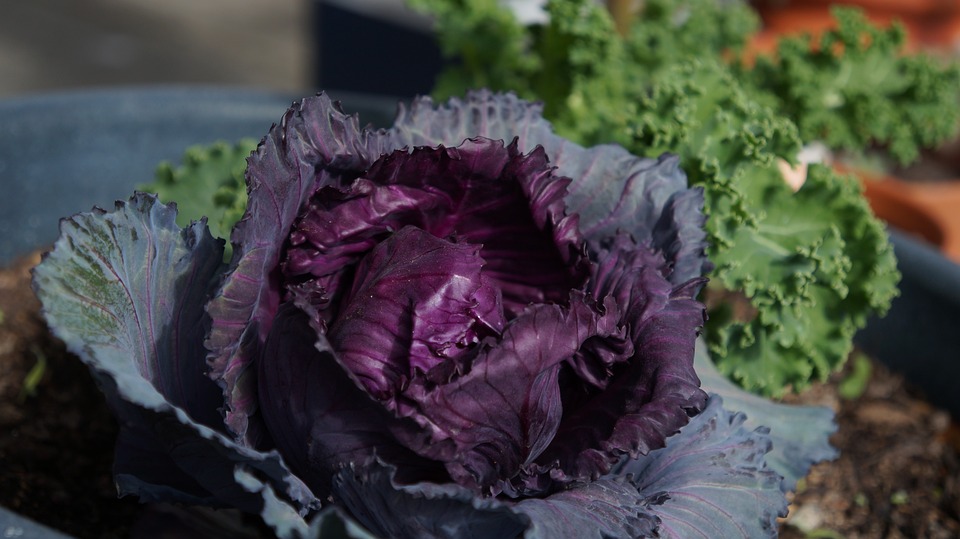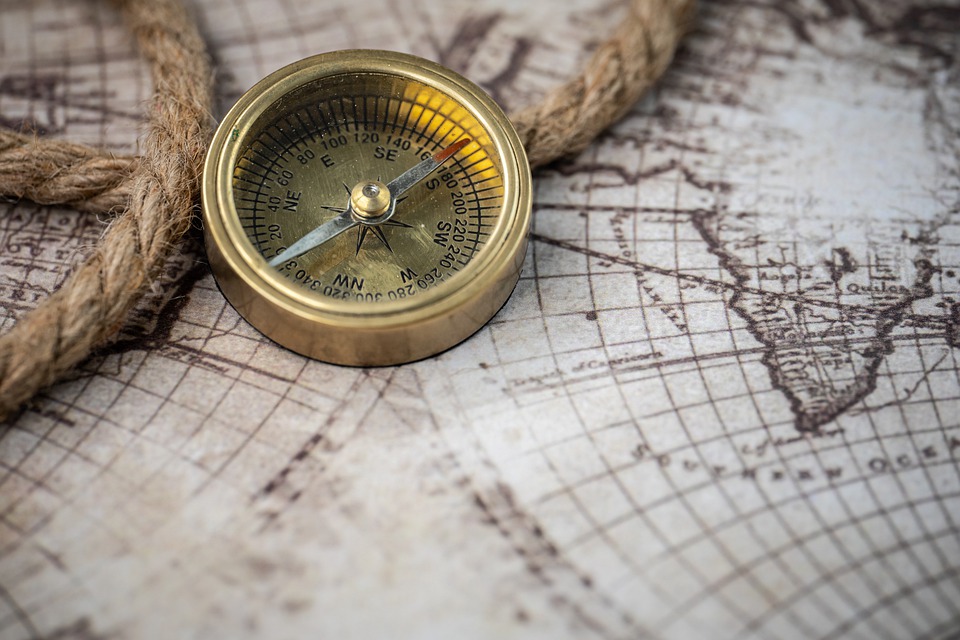Uncover the Hidden Gems of Sustainable Travel with These Destinations
Have you ever dreamed of exploring off-the-beaten-path destinations while also being conscious of your impact on the environment? Sustainable travel is not only a growing trend but a lifestyle choice that can make a positive difference in the world. As an expert in sustainable travel and tourism, I have discovered some hidden gems around the globe that offer unique experiences while prioritizing sustainability. Let me take you on a journey to uncover the hidden gems of sustainable travel with these destinations that you may not have heard of before. One of the first destinations that comes to mind when thinking about sustainable travel is the Azores archipelago in Portugal. This group of volcanic islands in the middle of the Atlantic Ocean is a haven for nature lovers and eco-conscious travelers alike. With its stunning landscapes, from lush green valleys to volcanic craters, the Azores offer a wide range of outdoor activities like hiking, whale watching, and thermal baths. The islands are also a hotspot for sustainable tourism initiatives, with eco-friendly accommodations, local food markets, and community-led conservation projects that aim to preserve the natural beauty of this remote paradise. Another hidden gem of sustainable travel is the town of Boquete in Panama. Nestled in the highlands of the Chiriquí province, Boquete is known for its cool climate, coffee plantations, and cloud forests teeming with wildlife. This eco-friendly destination attracts travelers who are looking for a mix of adventure and relaxation, with activities like zip-lining through the canopy, birdwatching, and soaking in natural hot springs. Boquete is also a hub for sustainable agriculture, with organic farms and community gardens that promote local food production and support small-scale farmers. Pro tip: Don’t miss the annual Boquete Coffee and Flower Festival, where you can taste some of the best coffee in the world and marvel at the vibrant floral displays. For those seeking a more off-the-grid experience, the Faroe Islands in the North Atlantic Ocean offer a unique blend of rugged landscapes, traditional culture, and sustainable tourism practices. This remote archipelago is a paradise for outdoor enthusiasts, with opportunities for hiking, birdwatching, and sea kayaking in untouched natural surroundings. The Faroe Islands are also leading the way in sustainable travel, with initiatives like responsible whale watching, eco-friendly accommodations, and green transportation options like electric cars and bicycles. Pro tip: Visit during the summer months to experience the magical Midnight Sun, when the sun never fully sets and the islands are bathed in golden light. One of the most underrated destinations for sustainable travel is the country of Bhutan, nestled in the eastern Himalayas between India and China. Known for its stunning landscapes, Buddhist monasteries, and unique Gross National Happiness index, Bhutan has made a commitment to preserving its cultural heritage and natural environment. Travelers to Bhutan can explore ancient fortresses, hike to sacred temples, and witness traditional festivals that showcase the country’s rich cultural traditions. Bhutan also has a strict policy of low-impact tourism, with a daily tourism fee that includes accommodations, meals, and transportation to minimize the impact on the environment. Pro tip: Take part in a homestay experience with a local family to immerse yourself in Bhutanese culture and learn about sustainable living practices. As the world becomes more aware of the importance of sustainable travel, there are endless opportunities to explore hidden gems that offer unique experiences while also protecting the planet. Whether you choose to visit the volcanic islands of the Azores, the cloud forests of Boquete, the rugged landscapes of the Faroe Islands, or the cultural heritage of Bhutan, sustainable travel offers a chance to connect with nature, support local communities, and make a positive impact on the world. So why not embark on a journey to uncover the hidden gems of sustainable travel and experience the beauty of these destinations for yourself? Your planet and future generations will thank you for it.










